- Our Products
- Upper Extremity
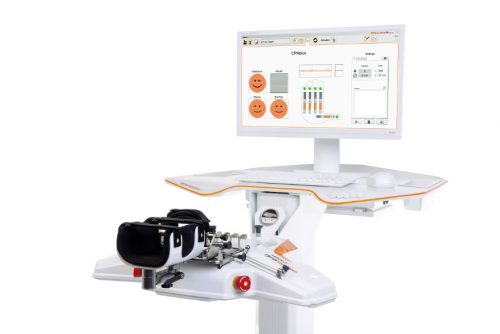 Amadeo Finger-Hand-Rehabilitation
Amadeo Finger-Hand-Rehabilitation
Amadeo is giving hands back their grip and fingers their finesse. Patients who are barely able or unable to grasp can perform hundreds of robot-assisted grasping movements. It won’t train a new Mozart. But it will help patients return to the piano, handwriting Christmas cards, and grabbing life firmly by the horns.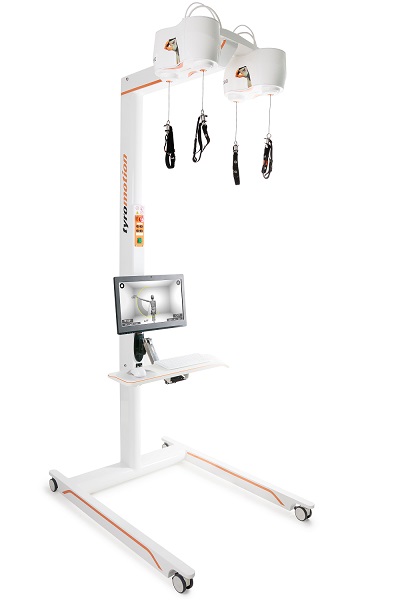 DiegoShoulder-Arm-Rehabiliation
DiegoShoulder-Arm-Rehabiliation
Diego is designed to strengthen what’s important. Whether proximal or distal training, Diego purposefully supports the rehabilitation of natural motion, allows the handling of everyday objects to be relearned, and is usable by adults and children alike.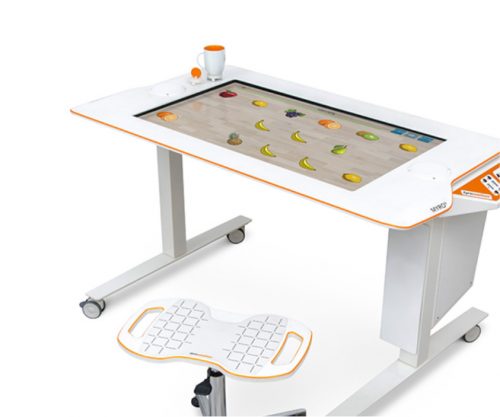 Myro Interactive and task-specific therapy
Myro Interactive and task-specific therapy
Myro is made for making humans get better! The sensor-based surface enables task-oriented rehabilitation with real objects, trains the patient’s cognitive abilities, and improves motor abilities of the upper extremity.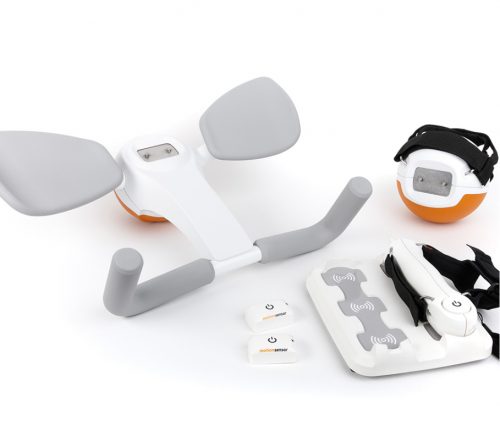 Pablo Upper Extremity Rehabilitation
Pablo Upper Extremity Rehabilitation
As a multifunctional rehabilitation device with comprehensive accessories, Pablo enhances classical therapy exercises with biofeedback, objective assessments, and gamification. It won´t train the next Picasso. But it will help patients to take back control of their lives.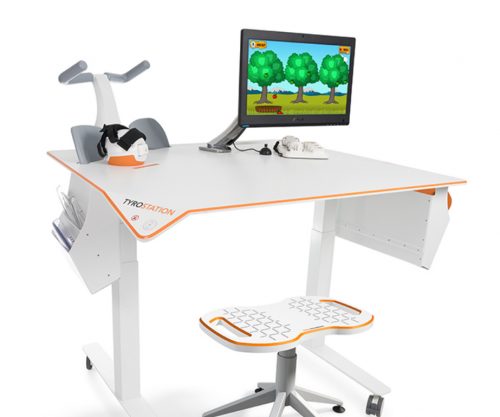 Tyrostation The perfect therapy setting
Tyrostation The perfect therapy setting
The Tyrostation is home to all components of Pablo and Tymo and provides ergonomic adaptability for patients. Sometimes, it´s about the little things in life – or therapy.
- Lower Extremity
 LexoGait and Locomotion
LexoGait and Locomotion
Lexo is a revolutionary gait trainer and impresses with fast setup, high patient activity and optimal trunk support. It encourages active participation and enables therapists to focus fully on their patients.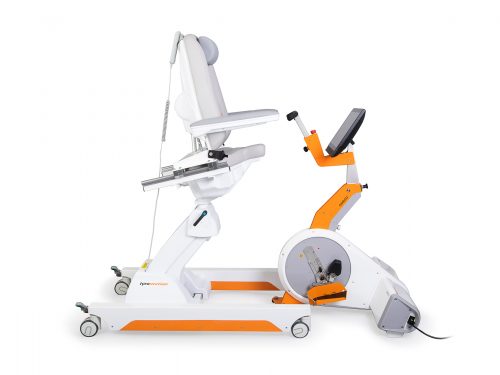 Omego Plus Gait training for the goals across all phases
Omego Plus Gait training for the goals across all phases
More than just a therapy bike! Omego Plus combines uni- and bilateral leg training, leg press, stepper, cycling & foot lift training in one device. Stride stronger with Omego Plus!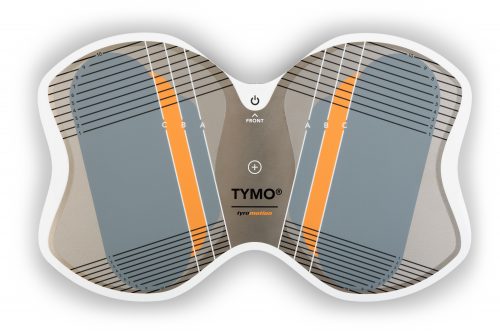 Tymo Balance training and postural control
Tymo Balance training and postural control
Small but powerful! Tymo is a versatile measurement and therapy system for the whole body. In addition to the standing position, Tymo offers a wide range of options for maximum variety during therapy.
- MTT-Line
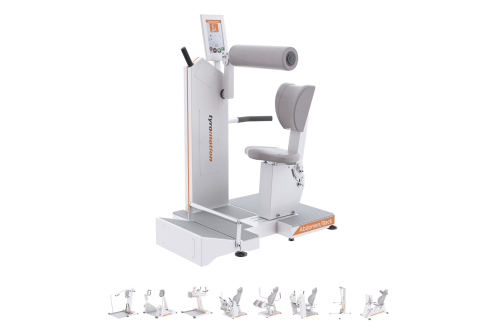 MTT-LineMedical training therapy
MTT-LineMedical training therapy
Get back in the game with the MTT-Line! The Medical Training Therapy devices are specifically designed to strengthen the six major muscle groups of the human body. Barrier free and maximum adjustability make the devices accessible for all types of patients.
- Software
 Maya Therapy Platform
Maya Therapy Platform
Maya reduces paperwork, standardizes documentation, and automates reporting, making administration effortless and efficient. Designed for therapists to work wonders!
- Upper Extremity
Health
Self-efficacy following a stroke – Having confidence in your actions improves quality of life after a stroke
10. January 2023 ● 5 min. Reading time

Scientific studies on self-efficacy after a stroke
Patients with more self-confidence make much more progress during rehabilitation than those with low self-confidence. They approach the changes in their circumstances with a positive and calm mindset.
In addition to physical progress, there are potential beneficial effects on the patient’s mental health and quality of life.
In many cases, strokes are the result of high blood pressure. Good self-efficacy can lower blood pressure, even after a stroke has already happened.
How does self-confidence suffer after a stroke?
Daily life can be a challenge for stroke survivors. Even the simplest everyday tasks, such as getting washed and dressed, can be problematic or impossible due to paralysis. Trying without succeeding can lead to a lack of self-confidence over time.
Also, the other way around is possible: Patients may succeed with certain tasks, but still lack a sense of self-confidence. For example, a patient manages to walk several meters using a cane, but still thinks he or she is not quite ready yet to walk alone.
Both situations are an example of limited self-efficacy. Several studies have shown that certain measures can help to regain confidence after a stroke.
Setting goals to increase self-efficacy
“Only those who know the destination will find their way.” – Laozi
Goals help us to create a clear and positive idea of the future. They help us to determine what is needed in order to achieve what we desire. Having a clear plan in your mind can make it easier to handle difficulties on the path towards that goal.
It is important to keep your goals realistic when you want to improve self-confidence. Discuss with your therapist what the next realistic goal might look like. The goal should be very precisely defined and may only contain some aspects of a bigger task.
|
Example of a goal after a stroke: Main goal
Subgoals
|
The more realistic the goal, the higher the chance of achieving it. Every goal you achieve will improve your self-confidence. Talk to your family members and therapists about specific and realistic goals to make your daily life more independent.
Feedback after a stroke
To improve self-confidence, you must determine your actions and make decisions yourself. It may well be that your family or caregiver is worried and happy to take care of tasks and issues for you.
Start step by step to attempt tasks for yourself. Ask “What part of it can I do?”. Still, ask for help if needed. It may seem difficult or impossible at first, but our brains and bodies have the advantage of neuroplasticity. No matter our age, we can always learn something new and change our neural pathways. Every goal you achieve will give you courage.
For family members and caregivers of patients with stroke – it is important to provide positive and honest feedback to the patient. Encouraging feedback can have a positive impact on rehabilitation and can improve self-efficacy.
Acknowledge and praise the patient when their actions are successful. Support and encourage the patient to complete tasks themselves, even if that takes longer.
Patients can sometimes overlook progress in the form of “small wins”. Actively point out such progress and celebrate success together!
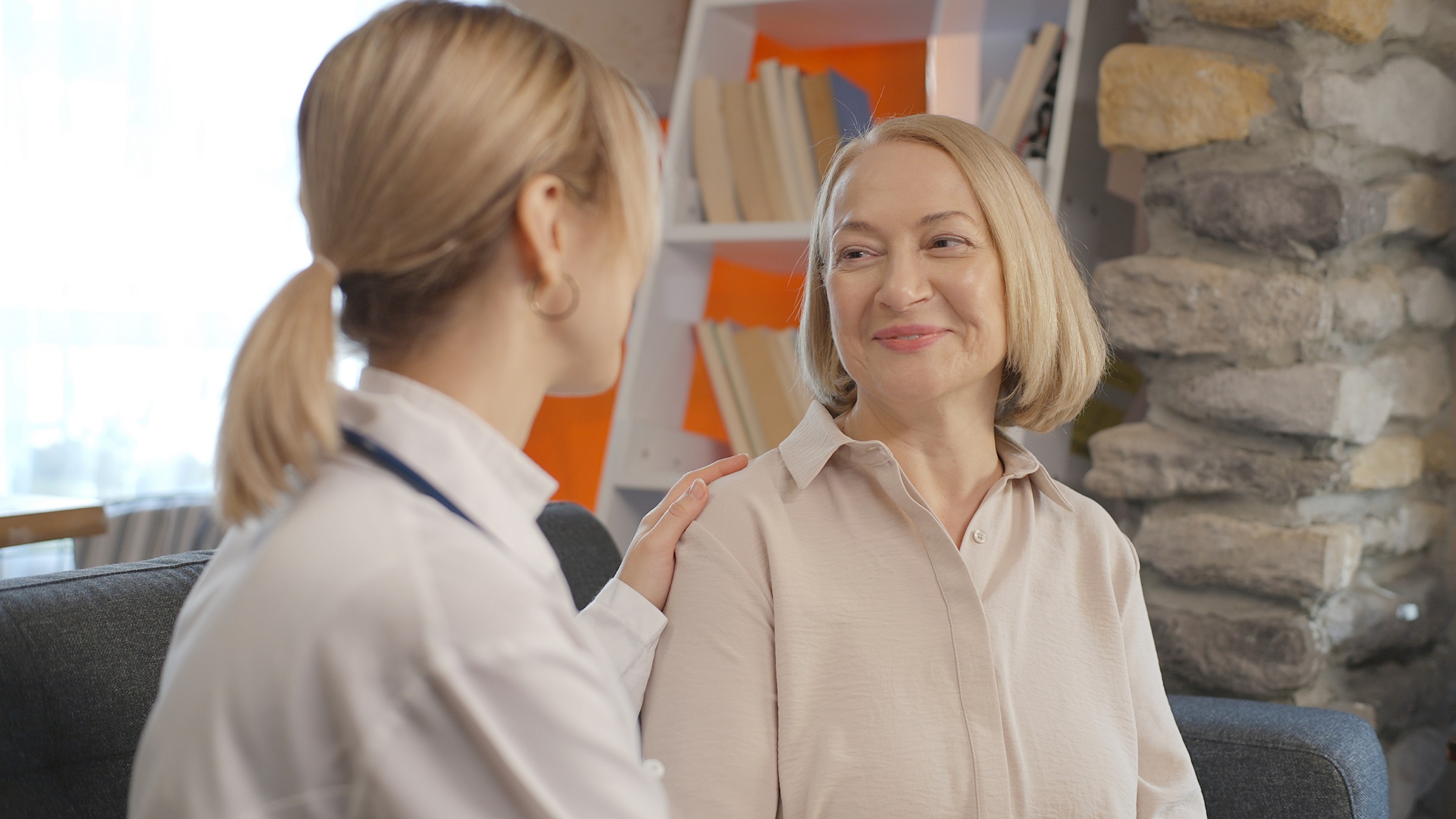
Exchange and observation during rehabilitation
Every patient develops their own solution strategies for everyday challenges. Patients can exchange ideas, motivate each other and work towards goals together. Simply observing other patients with similar symptoms can help you find answers during your rehabilitation.
Therapists must deliberately select group size and the group members’ capabilities when arranging group therapy. Ideally, they are small groups of patients with comparable limitations.
Personal attitude in rehabilitation
Symptoms such as despondence, lack of motivation, loneliness, or depression are common long-term effects of a stroke. They may affect the patient’s attitude towards the condition and rehabilitation. A positive attitude can reduce physical and mental symptoms and make treatment more effective.
When having difficulties with motivation or finding the energy to do things, talking to your doctor, therapist or family members can be helpful. Sometimes, even just voicing the difficulties is beneficial.
Self-management programs following a stroke
The goal of self-management programs is to support patients in finding solutions for mastering everyday life challenges as independently as possible. Thus, these programs can boost the self-confidence of the patients. Therapists in both inpatient and outpatient settings can utilize self-management program techniques.
A core element of self-management programs is educating the patient concerning their condition and options for rehabilitation. Therapists enable self-help, and only provide enough support to allow the patient to find his or her own solutions.
Author: Hannes Aftenberger
Sources:
Positive Health Beliefs and Blood Pressure Reduction in the DESERVE Study, 2020
Self management programmes for quality of life in people with stroke, 2016
Self-efficacy and its influence on recovery of patients with stroke: a systematic review, 2011
Nedbal, A. (2011). Selbstmanagement nach Schlaganfall—Stark für den Alltag. physiopraxis, 2011; 9(4): 24-26.
You might also be interested in
4. April 2023
Health
Rehabilitation
Stroke nutrition guidelines for optimal health
Nutrition as the key part in health and well-being of stroke survivors A healthy, balanced …
21. March 2023
Rehabilitation
Kinesio taping in neurology as a useful therapy supplement
The Kinesio tape and its usefulness in neurological therapy What was originally known only from …
7. March 2023
Rehabilitation
Exercises against freezing of gait in Parkinson’s disease
When the legs freeze – how does the symptom “Freezing of Gait” manifest itself? Parkinson’s …



 Contact
Contact 

 Contact
Contact 

